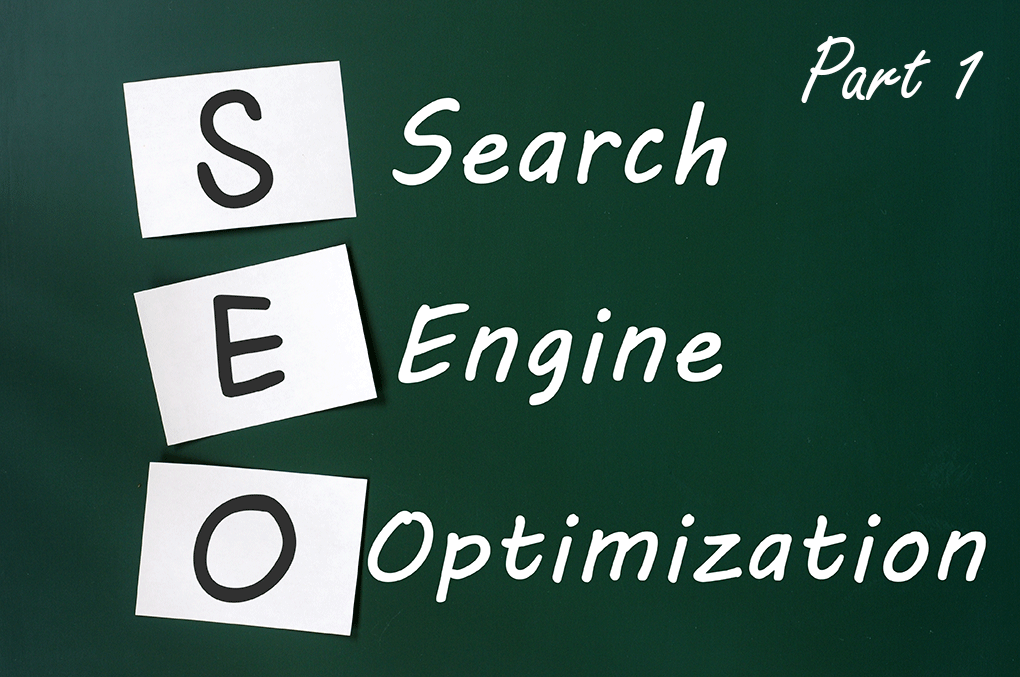
If you are looking to conduct search engine optimization (SEO) on your website, here are some tips to follow. A valid website page suited for search engine optimization should:
Be about 300 to 400 words in length
Contain subject matter about the keywords to be optimized.
Contain unique content defined as:
- No two sentences shall be identical to anything else published on the Internet.
- No single paragraph shall be identical to anything else published on the Internet
- No single page shall have more than 50% of its content as defined by www.copyscape.com identical to anything else published on the Internet
SEO Keyword Research & Page Optimization
Conduct preliminary keyword research and links analysis for your website to identify the pages for optimization. As part of your scope of work, conduct more detailed keyword research to identify exactly which keywords to target for optimization and on what pages. Identify about 2 to 3 keywords to target per selected page.
A good place to start for keyword research is via Google Adwords. Typically, what you want to do is create paid search campaigns, ad groups and ads around your targeted keywords and then measure the performance of each keyword in not only getting you web traffic but also traffic that converts into a lead.
Install Google Adwords Conversion tracking script and AvidTrak Call Tracking script to measure online conversions and phone call leads via dynamic phone number insertion. While Google Adwords conversion script will advise you on each keyword that led to a form filled, AvidTrak Call tracking will provide you with keyword based call tracking to allow you to pinpoint the keywords that lead to phone call leads.
After you have selected your keywords, meta-tags on your website pages will need to be changed to reflect the keywords targeted. You will need to work with your Webmaster to implement those changes. You will also need to identify any spider traps (e.g. long, dynamic URLs), and will have to work with your Webmaster to remove these spider traps.
If current page content is inadequate because of subject matter or content length, modifications/additions may be required. If you have in-house content writing capability use those resources otherwise consider hiring an outside content writer to generate the relevant content for your site.
Again remember that the content supplied by your Content Writer must be unique content. Copying even small portions of content from other website pages that Google has indexed can seriously jeopardize Google rankings
SEO Link Optimization
Depending on the specific needs of your SEO campaign you will need to engage in link building. Link building should consist of 4 basic elements:
- Premium directory submission: Directories are a recognized source for quality traffic as well as Google Page Rank.
- Article writing and syndication: Article syndication, depending on the market and article content, can contribute significant one-way links, which positively affects Google Page Rank.
- Website Press Releases: These press releases are focused on the benefits of the website itself in order to attract the Internet community to place links to client’s site.
- Link building: Links are 1-way link designed with strong anchor text. These links provide strong link reputation and build positive keyword relationships with the client site. Links may be located on blogs or other social media websites.
SEO Search Engines to be Covered In Campaign
The three major search engines below cover more than 90% of worldwide searches so concentrate on:
Google
Yahoo
Bing
SEO Monthly Reporting and Maintenance
Use SEO reporting tools such as SEMRush.com and Moz.com to view your rankings for all keywords on all the search engines covered. These tools allow you to compile a report of monthly activity. Make changes and modifications to the SEO campaign as needed and then repeat measurement after two to three weeks.
SEO Time Line of Major Events
Create an ‘Action Plan’ that maps out the primary tactical elements to be executed and their respective implementation schedule. Your plan should cover the respective responsibilities of individuals who will be executing the plan.
Keyword research and optimization of website content should be typically completed 2 to 4 weeks after creating and acceptance of the Action Plan by your team. Then, the link building campaigns are initiated. Additional website content that is created should be optimized within one week of its availability. Link optimization may be progressed at a rate of about 10-15 links per month.
SEO results will normally start to appear in the first 45-60 days after the initial page optimization is complete for pre-existing websites in good standings with the search engines. Rankings will continue to increase as the campaign matures. The rate of increase is largely dependent on the number of links required to support the campaign. Rankings for less competitive keywords may show the most improvement earlier in the campaign, while rankings for the most competitive keywords may require completion of link building effort before they see their matured ranking.
Our next post will cover the tactics needed to keep your Search Engine Optimization tactics in place and tweaks thereof that will prevent erosion of your ranking.

